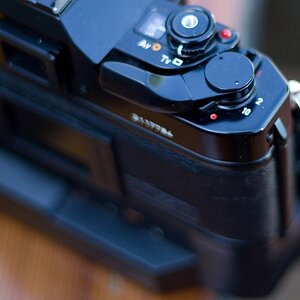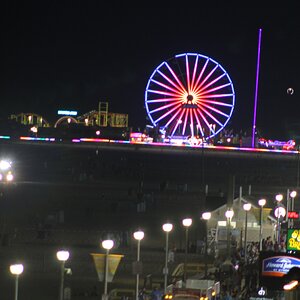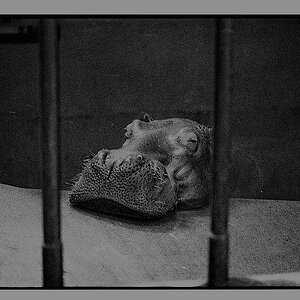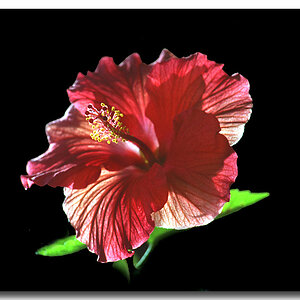Garbz
No longer a newbie, moving up!
- Joined
- Oct 26, 2003
- Messages
- 9,713
- Reaction score
- 203
- Location
- Brisbane, Australia
- Website
- www.auer.garbz.com
- Can others edit my Photos
- Photos NOT OK to edit
Given that this is something that is hard to get right it may also be something that varies during manufacture. Not unheard of.
I actually have only borrowed that lens and then only shot at f/2 so I am relying on the hope that the original site was right, they could be at fault for the discrepancy too
I actually have only borrowed that lens and then only shot at f/2 so I am relying on the hope that the original site was right, they could be at fault for the discrepancy too


 The reversing ring is pretty much a tripod only poor man's macro setup. Forget about it handheld.
The reversing ring is pretty much a tripod only poor man's macro setup. Forget about it handheld.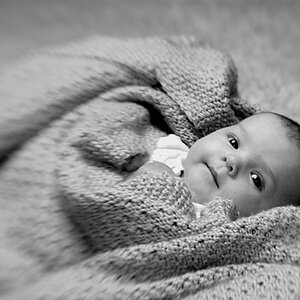
![[No title]](/data/xfmg/thumbnail/37/37614-3833b9d2e46075829c91cf9c0f47af69.jpg?1619738150)
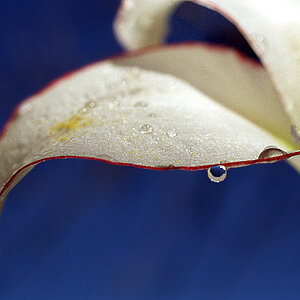

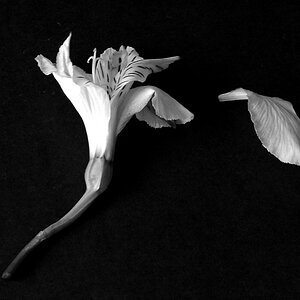
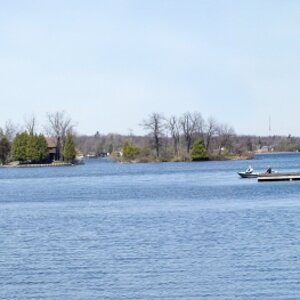
![[No title]](/data/xfmg/thumbnail/37/37618-4cd08d553e4ce30fd49570b1ba8259f2.jpg?1619738152)
![[No title]](/data/xfmg/thumbnail/37/37603-739c5d9b541a083a12f2f30e45ca2b7b.jpg?1619738147)
